CptCurl
|
| (.450 member) |
| 01/05/11 10:55 PM |

|
|
|

Let me share with the membership my most recent find. This is a James Purdey & Sons .303 double completed in 1897. As you will see, it's a reinforced hammerless action with Beesley locks, side clips, third fastener, and Jones underlever. Many would say this results in practically the strongest action that can be had.
Of course, with Beesley locks this is a "self-opening" action. It's also spring loaded on closing, and thus a "snap action."
The barrels are rifled with Metford style rifling having a left-hand twist. The bores show a little frosting but no erosion, and the rifle is accurate and well regulated with the 215 grain Woodleighs.
The rifle is perfectly balanced. It's alive in the hands and a delight to shoot, having practically no recoil. You can sense its handling properties when looking at the photos. I know this will be a fine companion in the deer woods this fall.
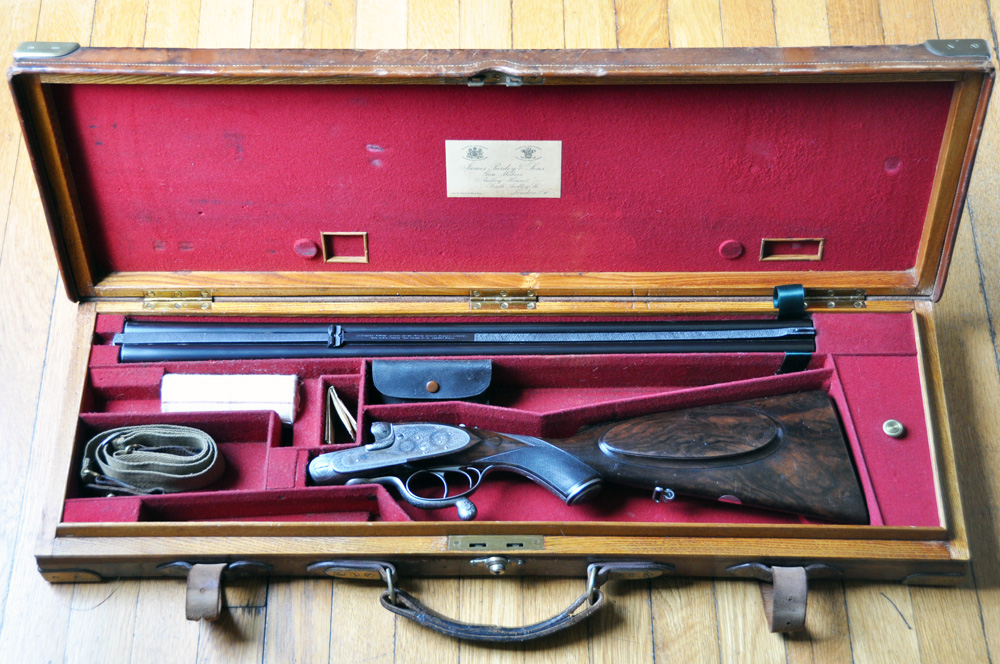
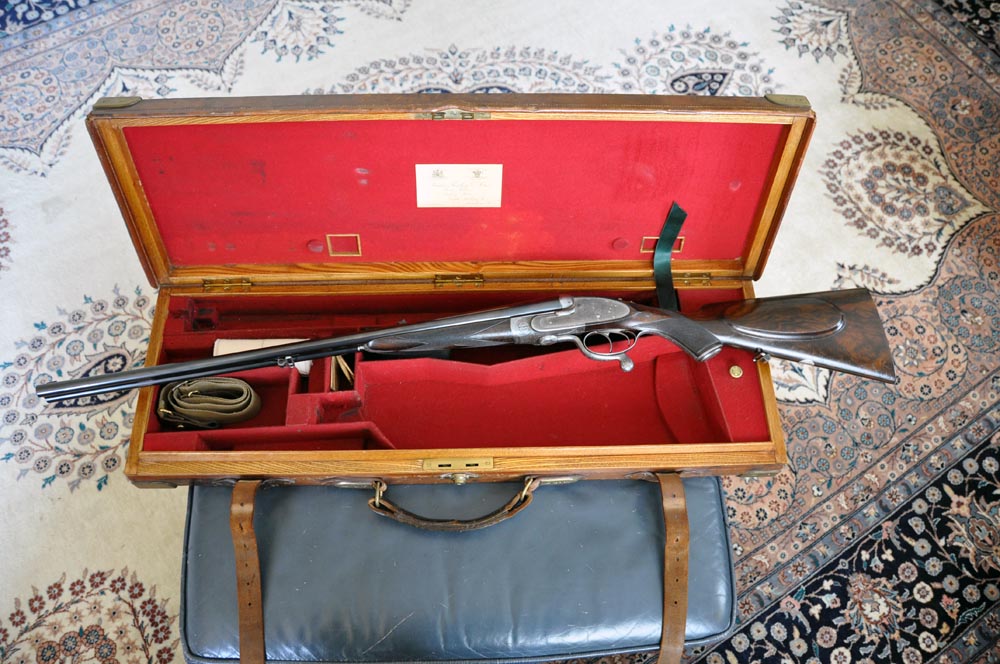


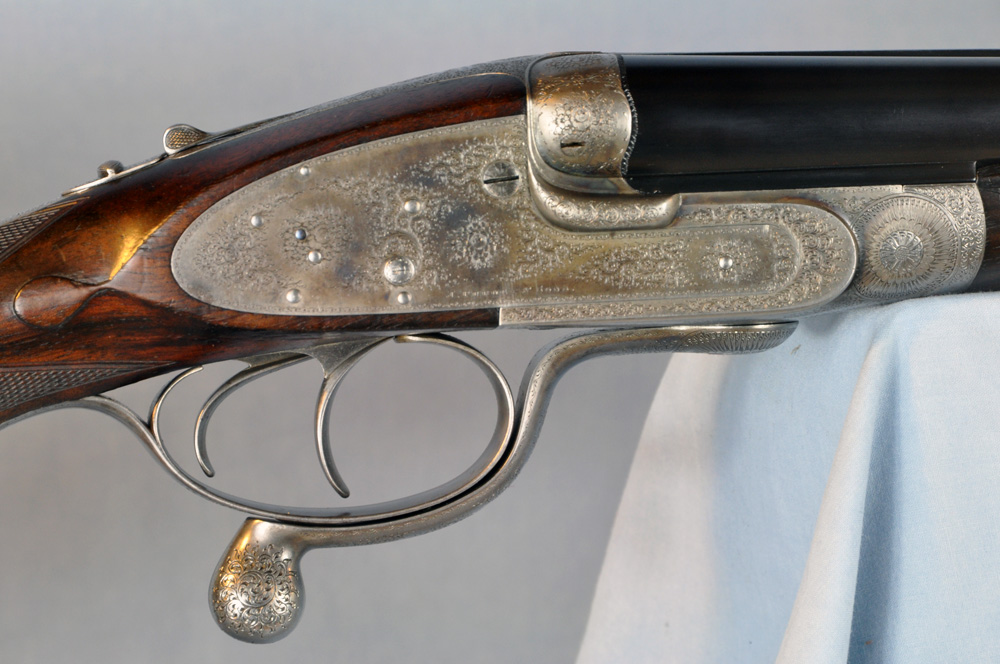
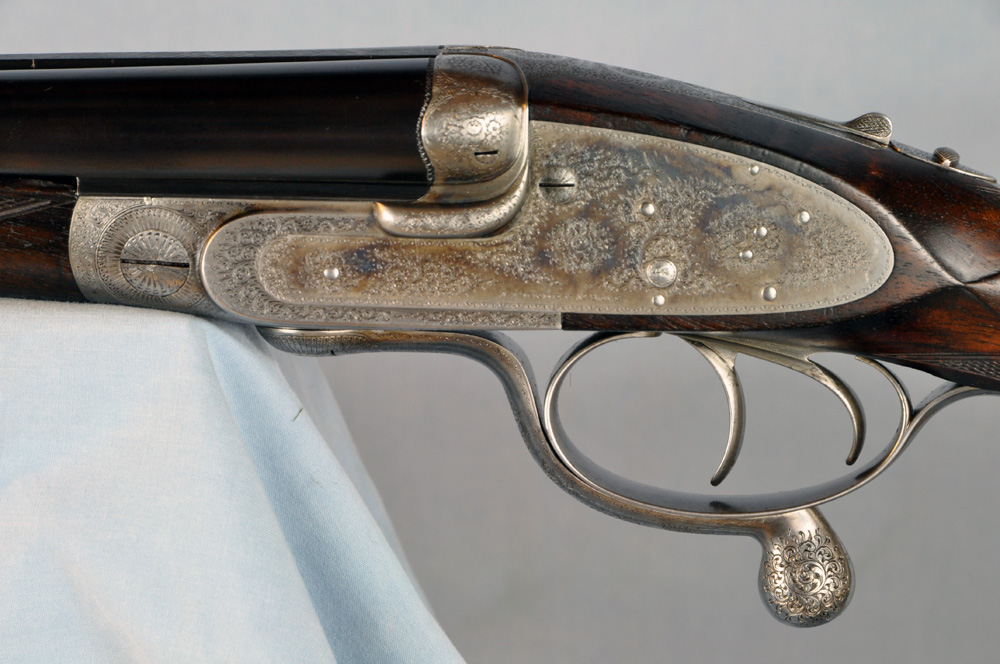
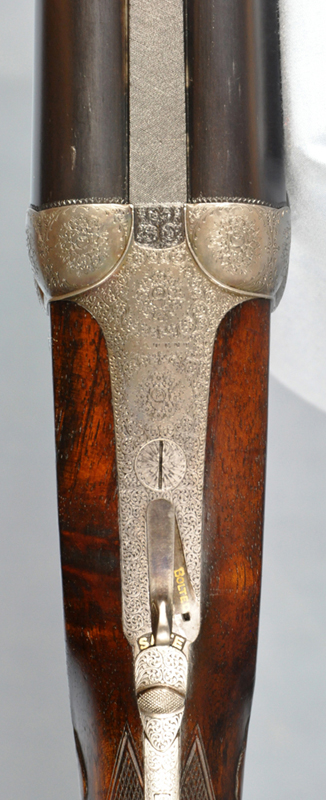
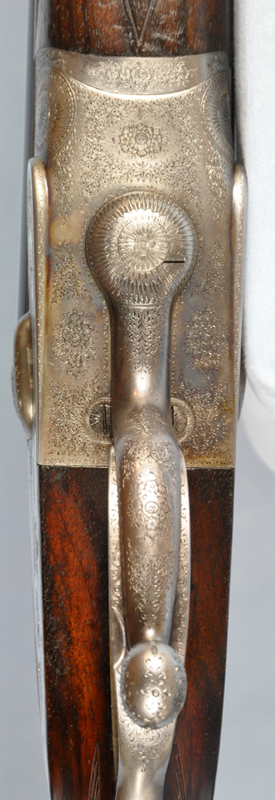
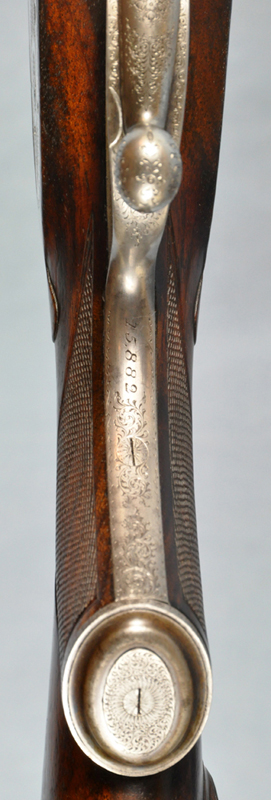
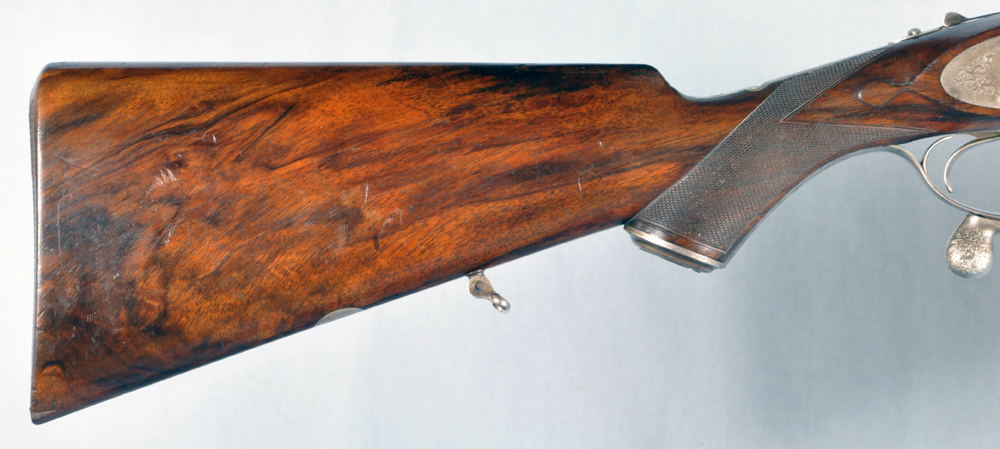
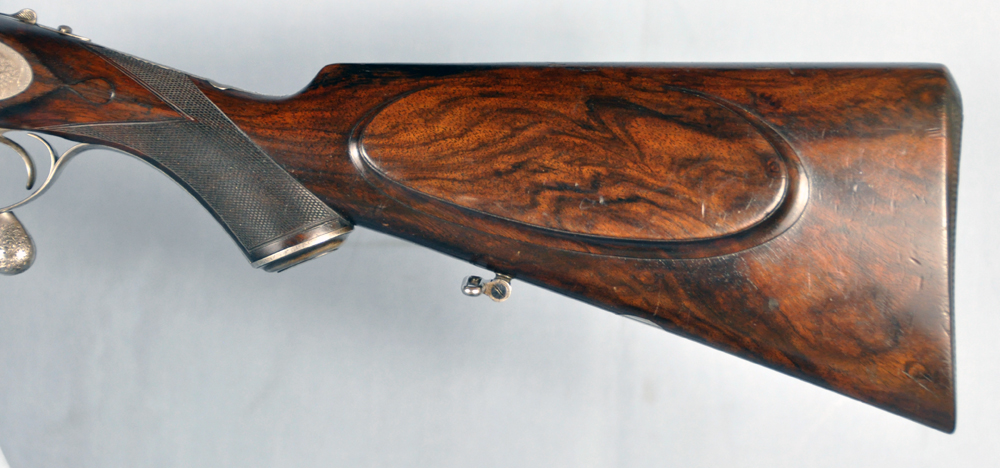
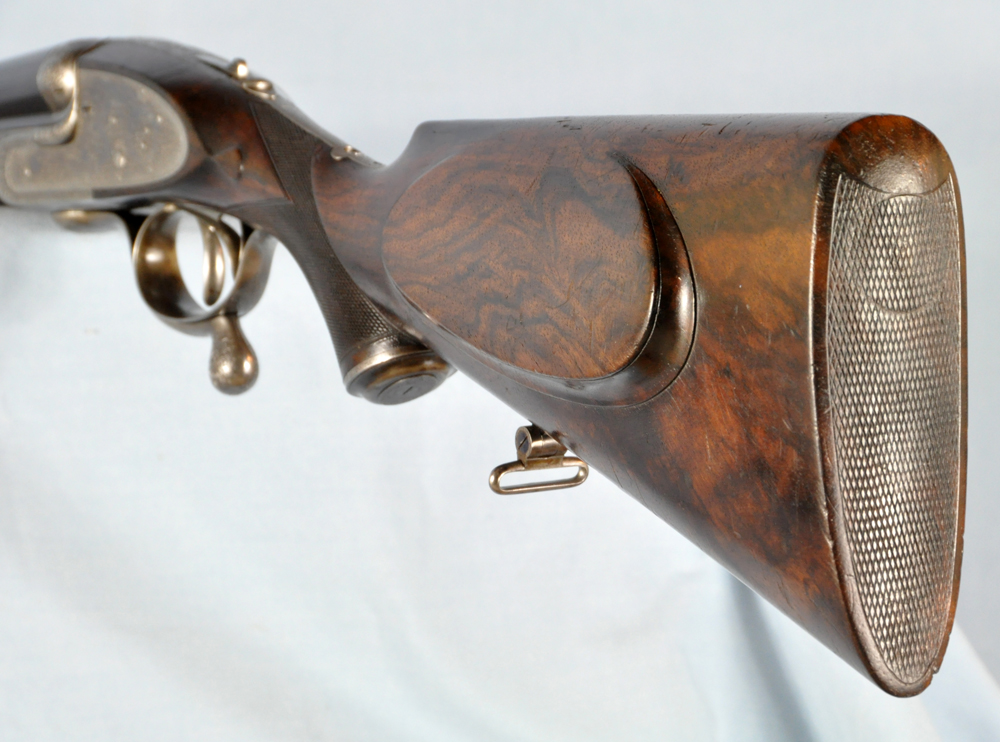





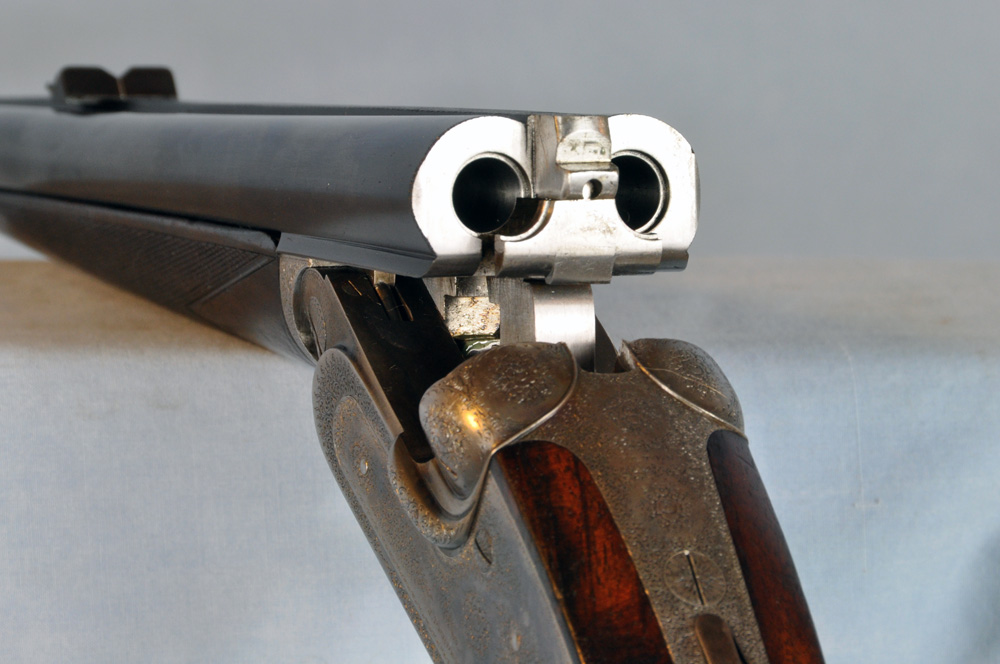
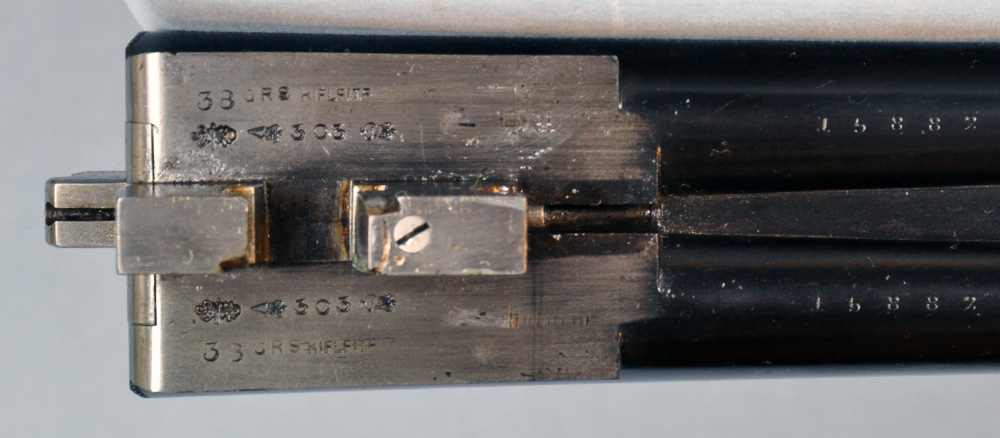
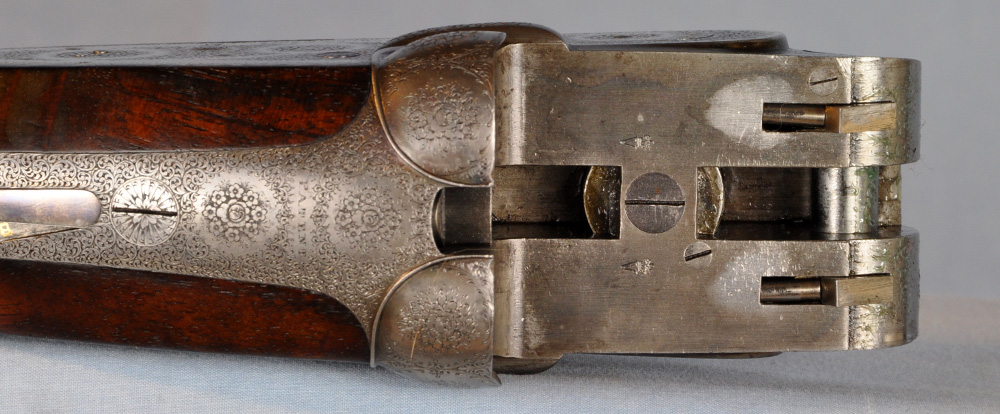

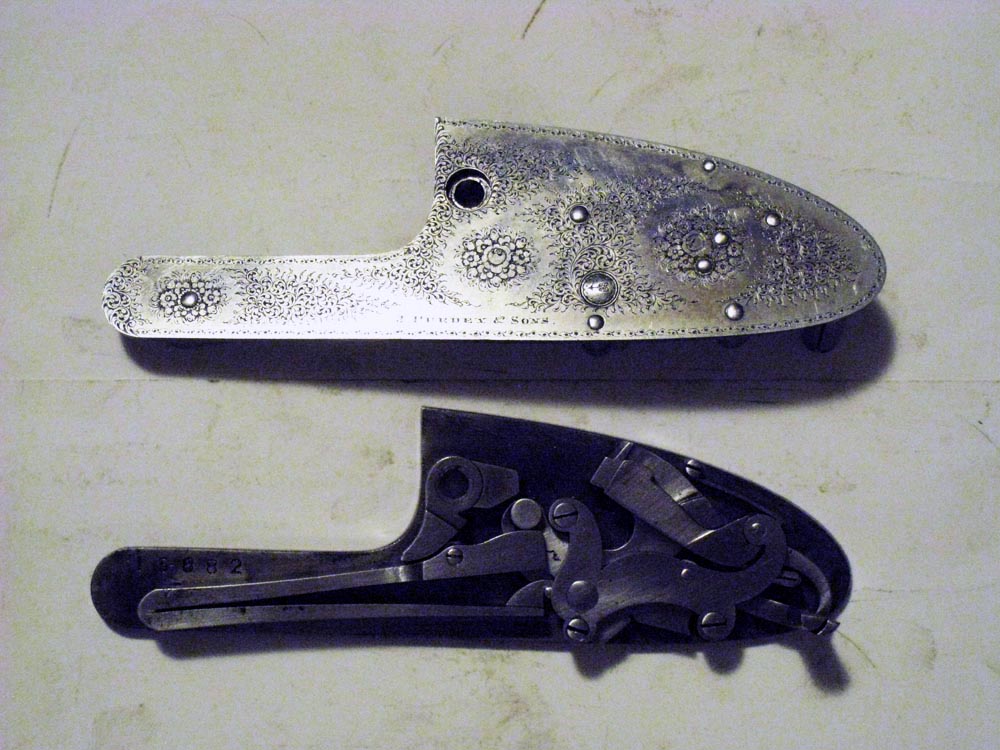
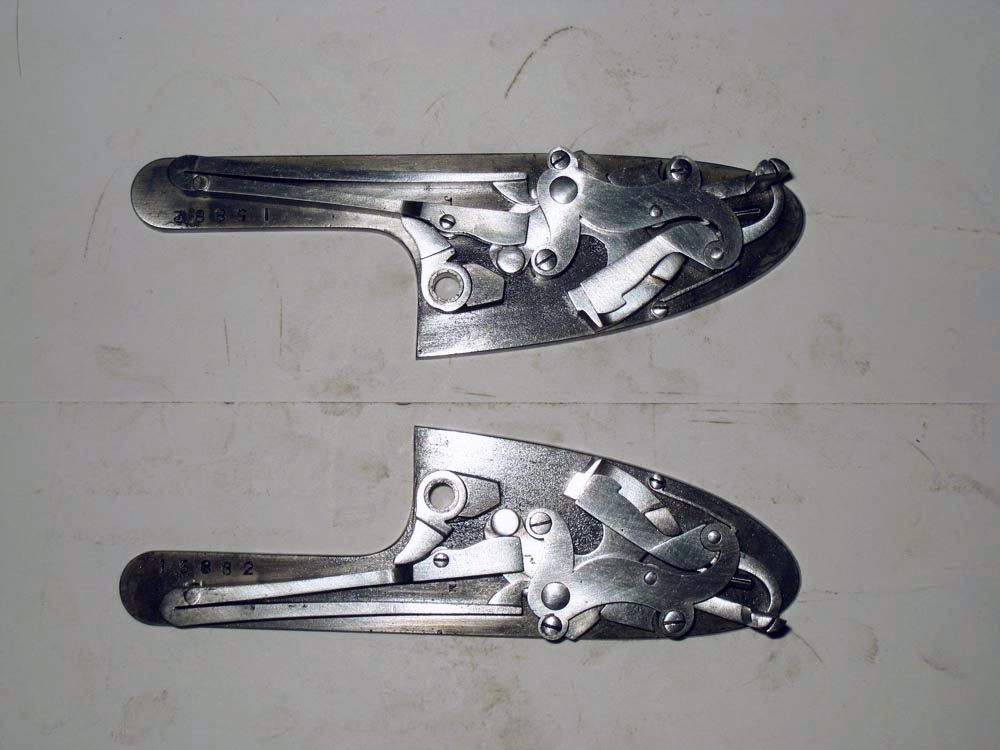
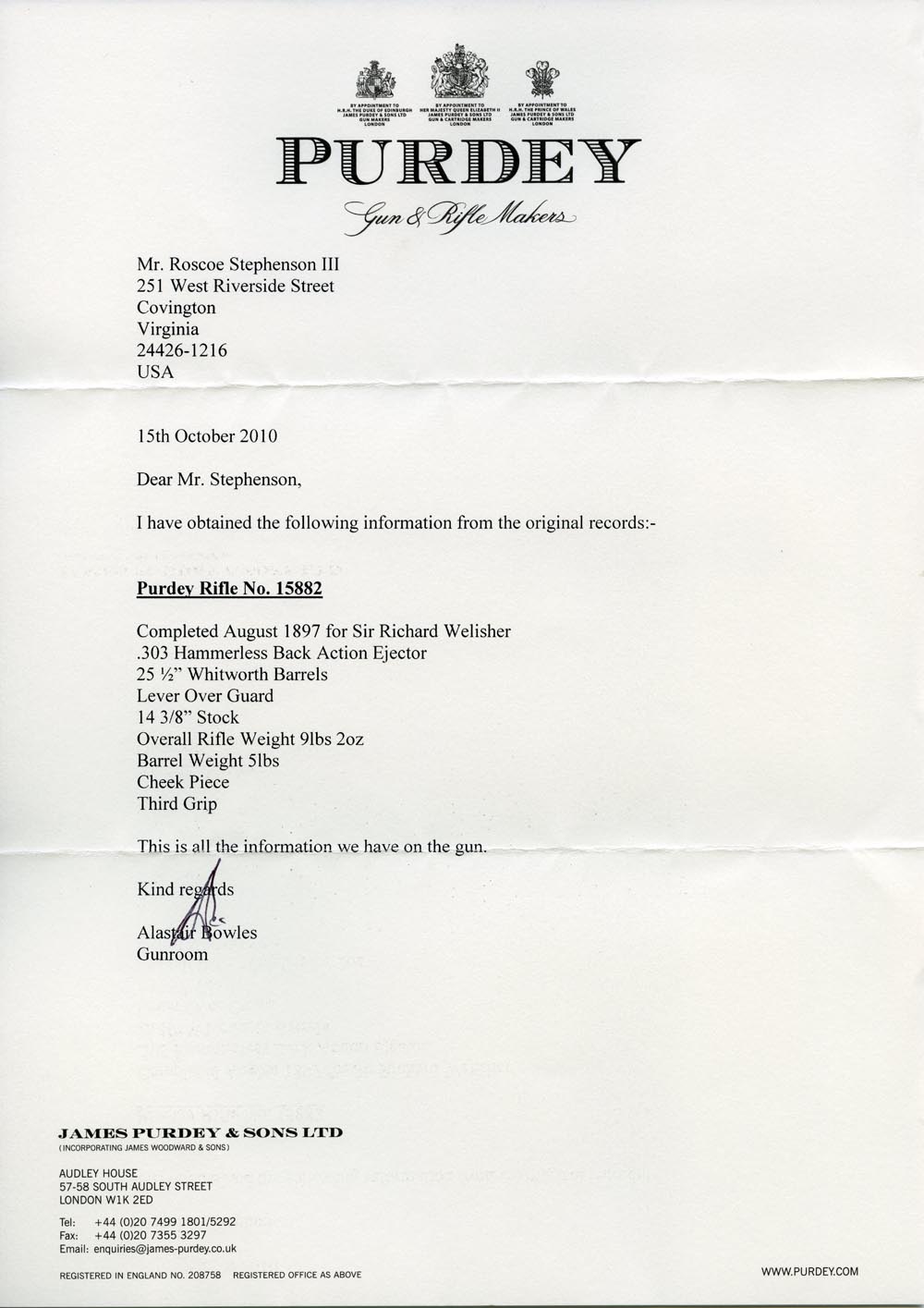
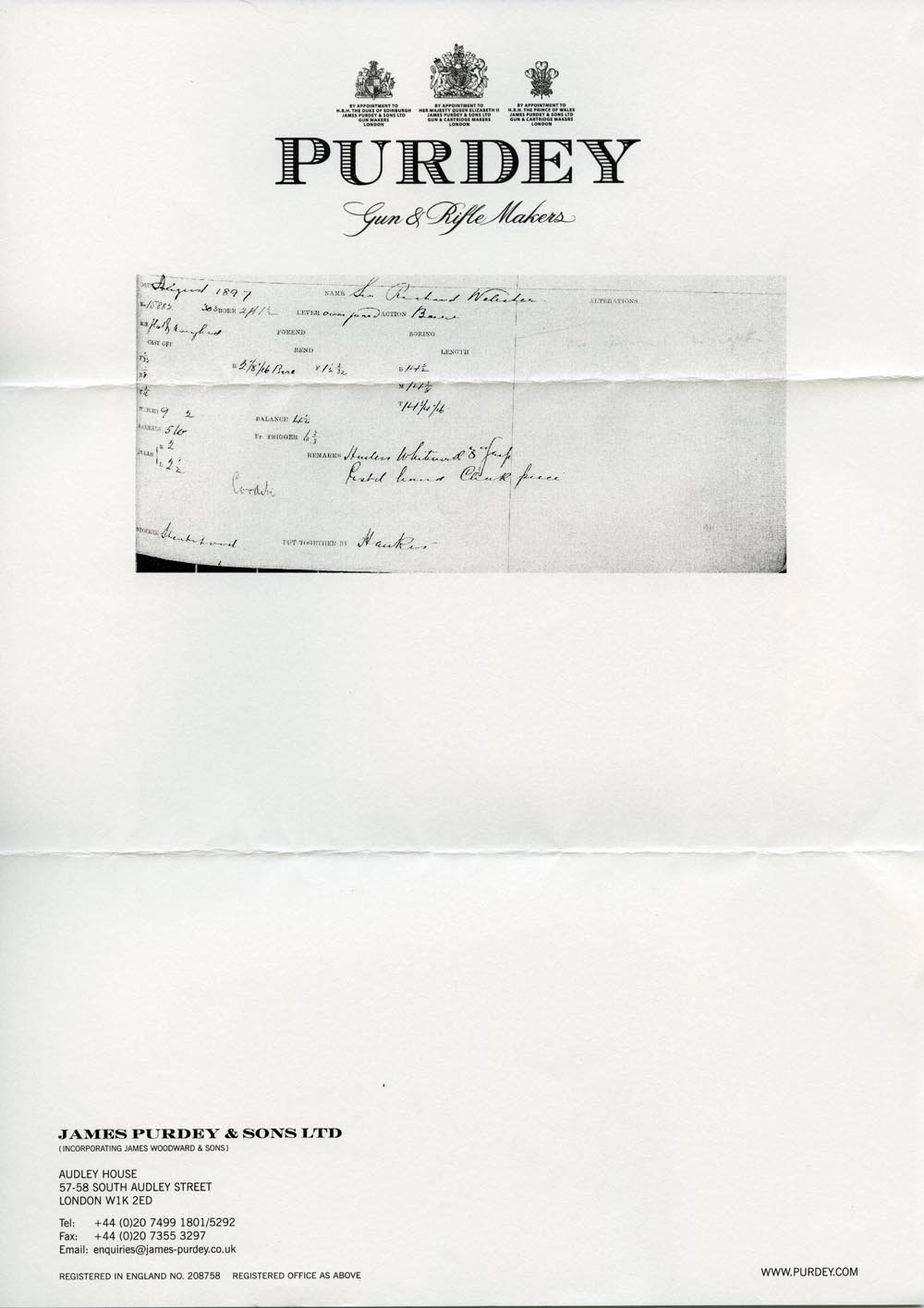
Purdeys was most kind to send me not only a letter detailing the history of this rifle but also a scan of the build specifications in their books. The old writing is a bit difficult to read, and the gunmakers of the time used a sort of "code" for some specifications.
Fortunately I am blessed with the friendship of David Trevallion, the well known stocker who apprenticed with Purdeys and worked there for quite a while before immigrating to the U.S. I sent him a full resolution scan of the specification sheet, and together we "de-cyphered" the entries.
An obvious error is the statement, ".303 Hammerless Back Action Ejector." Even my untrained eye could see this mistake. It is a hammerless action, but it neither has back action locks nor does it have ejectors. I asked Trevallion what the sheet entry for "Action" is. He responded, "Beesley", which it surely is. I don't know where on the specs the word, "ejector" was conjured up. So the letter should read, ".303 Hammerless Beesley Action Extractor." Otherwise the letter is accurate.

I asked David to explain the entry under "Bend", for I had no idea what I was looking at. He chuckled and said, "2 1/8 1/16 Bare." I asked, "What in the heck is that?" He said, "You must understand how these old stockers took their measurements. This would be 2 1/8 inches plus one-sixteenth inch, but just not quite, so the statement 'Bare'." I said, "You mean that's the same as just shy of 2 3/16"? He said, "Yes, exactly." So naturally I asked, "Why wouldn't the entry be 2 3/16" Bare?" He responded, "That's just not the way they would read a rule." You will see similar entries with similar measuring technique elsewhere on the specification sheet. Interesting to say the least.
Another detail: The entries for "Cast Off" and "Bend" are taken at three points. For cast off the measurements are taken at "F" for "face" or middle of the cheekpiece, "B" for "bump" or the rounded part of the butt near the top, and "T" for "toe" of the butt. Likewise "Length" measurements are taken at "B" for bump, "M" for middle, and "T" for toe.
The measurement for "Balance" is the balance point measured from the face of the breech, and for "Fr. Trigger" is the distance from the front trigger to the balance point. Yes these Purdey craftsmen were intent on proper fit and balance!
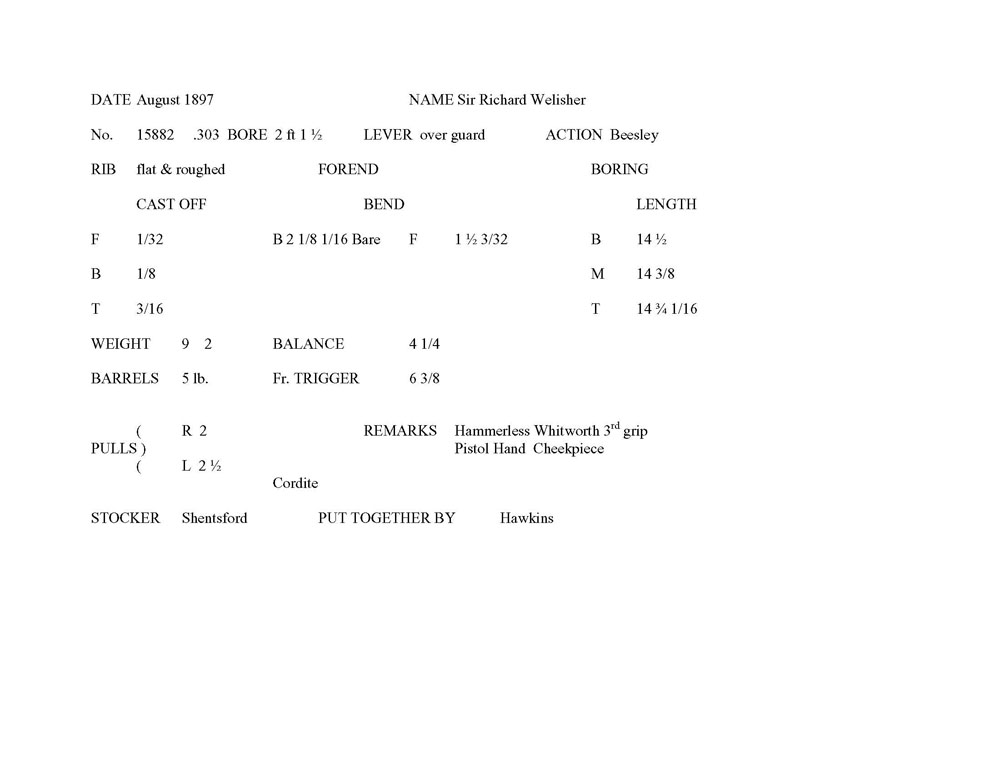
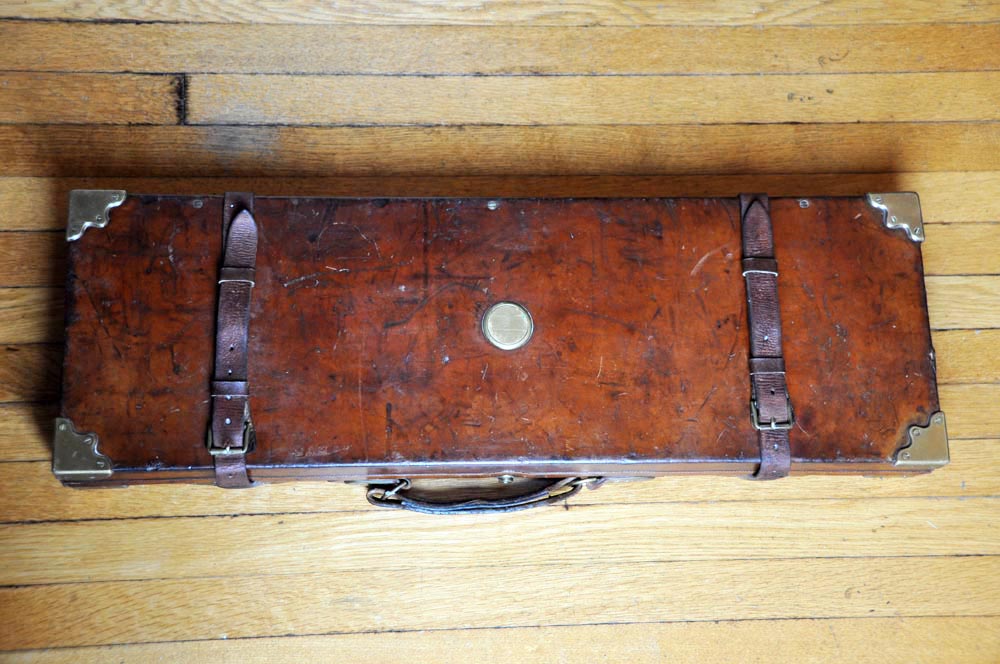
Please enjoy looking. I am fortunate to be the custodian of this piece of art. We can only revere and care for these time travelers for the short while we traverse this Earth. They were born before we were born and they will outlive us for generations.
Curl